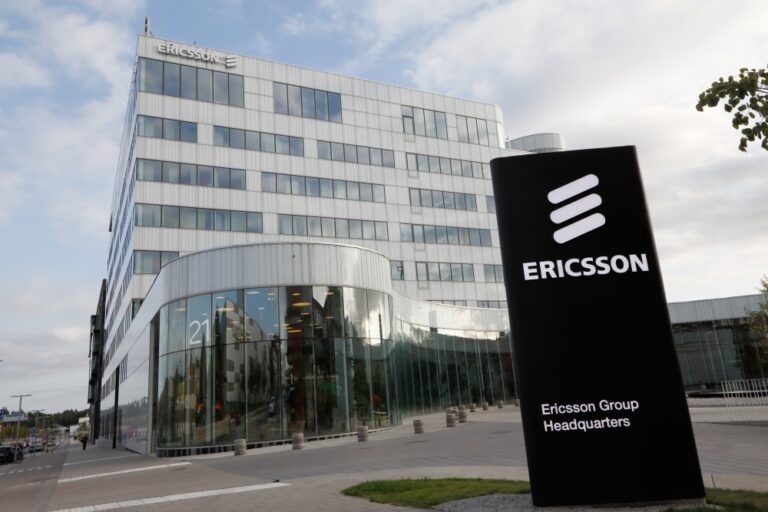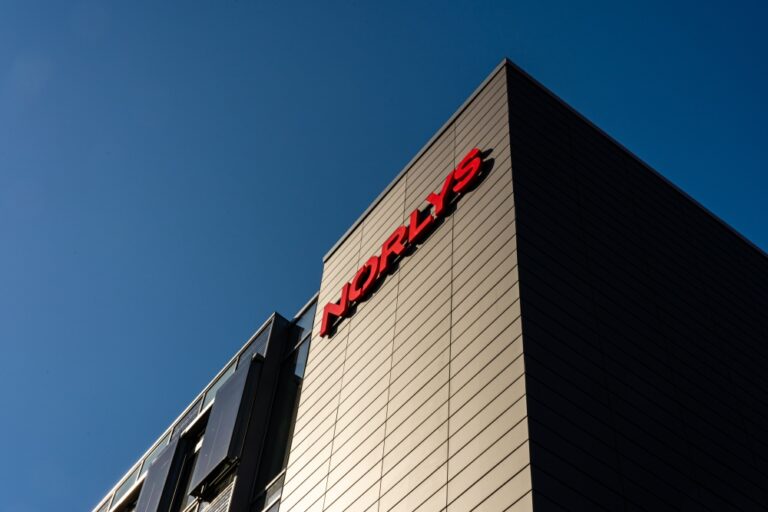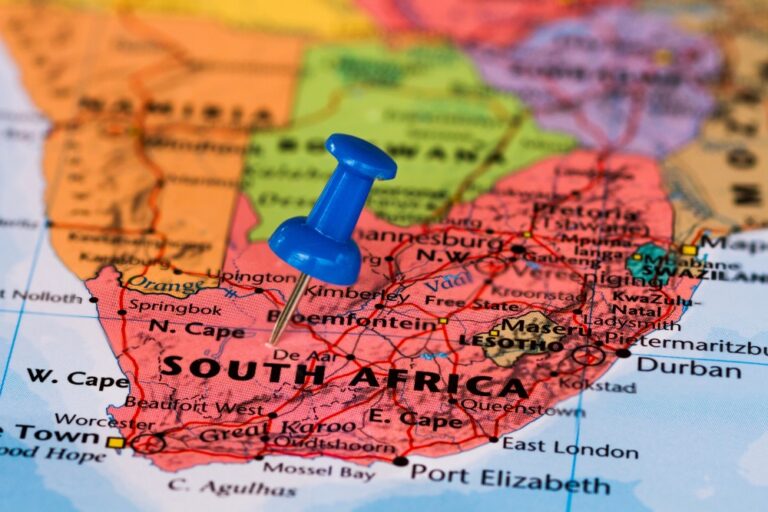Veteran industry analyst John Strand, Founder and CEO of Strand Consult, looks at what happened and what’s coming next
Last year was not markedly different from 2020 in which COVID-19 changed so much – and many of those changes were cemented as the new normal. Strand Consult has always viewed telecoms are the foundation of modern society, and their critical importance was ever more apparent in 2021.
Big Streamers damage profitability
Last year our ground-breaking study of the broadband “middle-mile” looked at challenges of delivering broadband to disparate customers across large rural areas. It was designed to bring transparency to policymakers about the cost, level and source of internet traffic, and showed that typically the five Big Streamers – Netflix, YouTube, Amazon, Disney+ and Microsoft – account for a disproportionate share of downstream traffic.
For every dollar earned by the Big Streamers, rural broadband providers incurred $0.48 in middle-mile costs (that is, equipment, electricity and labour) which they cannot recover from the streaming services, end users or government reimbursement programmes.
The five ignore broadband providers’ requests to negotiate cost recovery although their “free” caching solutions add to networks’ costs. The pervasive problem of unrecovered cost at the local, national and international levels threatens the networks’ sustainability and undermines policy to close the digital divide.
OpenRAN talks, CSPs still want RAN
For the last two years, we have studied OpenRAN in detail and published extensively about what the technology needs to become a commercial success. It is one of the most overhyped technical solutions since the launch of 3G in 2000, with promises of cutting RAN CapEx by up to half.
Last August Finland’s Nokia paused it work in the O-RAN Alliance fearing it could violate US restrictions by working with the 44 Chinese companies that participate in it. We are yet to find an OpenRAN proponent who can explain how their prevalence does not compromise OpenRAN which is promoted by industry and governments from the US, Japan, Germany, the UK, and even Russia as trade policy and enterprise enhancements, although the OpenRAN market itself appears to be growing minimally.
If OpenRAN achieves the success its proponents predict, it will account for less than 1% of the 5G mobile sites in 2025 and not more than 3% in 2030. Operators are deploying 10,000 classic 5G sites a month.
Further, mobile operators’ job is to deliver a great network experience to customers: OpenRAN offers limited features compared to the 200 GSMA-compliant 5G networks launched globally by the end of 2021. There is no comparison between the functionality of Rakuten´s 4G/5G network in Japan and those of an American 4G /5G network, and the US will soon upgrade from 3GPP’s Release 15 to Releases 16 and 17.
Claims about OpenRAN distort further when hailed as a way for Europe to catch up to the US, China, and South Korea in 5G.
Another hard year for China and Huawei
When Joe Biden became President in January 2020, we thought the bipartisan stance towards China would not change, and if anything it has become tougher with Huawei in the eye of the storm. The company still faces significant financial pressure, and public opinion has not changed – corporate customers rightly do not want their sensitive, valuable data to be vulnerable to the Chinese government.
Many operators experience increased reputational and regulatory risk by using Huawei equipment in telecoms networks. On the upside, it need not be expensive to rip and replace Chinese firms’ equipment because operators have planned 5G upgrade costs already and there are competitively priced alternatives to Huawei.
Cybersecurity is getting even bigger
In 2021, there was great concern around the world about serious problems like illicit finance, human trafficking and ransomware from rogue nations and crime cartels. Secure networks and practices to defend them will become even more important in 2022.
The US and EU have rolled out new policy and regulation to improve network security, including 5G. This includes the EU’s Toolbox and the US Secure Equipment Act. As mentioned, Strand Consult finds the push for greater security incompatible with the influence of Chinese players on OpenRAN technologies.
Big Tech mutates faster than Coronavirus
There’s good and the bad news around Big Tech – Amazon, Facebook, Google and Microsoft. Just like when health authorities think they have the virus under control, a new variant emerges, it’s the same for those trying to regulate Big Tech. The companies evolve, with a new name or practice or public-private partnership, faster than regulatory efforts.
If anything, regulations so far, like the European Union’s General Data Protection Regulation (GDPR), have strengthened Big Tech. Their revenue, market share and earnings have increased compared to the time before GDPR, and inadvertently governments have made it harder for small and medium sized companies to compete.
In 2022 we should accept that efforts to regulate Big Tech have failed and instead charge them for their use of resources rather than allow free rides on networks and public airwaves. These are important lessons as policymakers look at the cloud market.
The cloud explodes in 2022
Policymakers are turning their attention to public clouds – AWS, Azure and Google Cloud – which hold increasing amounts of citizens’ and enterprises’ data. More questions are being asked as awareness of clouds’ presence, practices and power grows.
Mobile networks are increasingly integrated with clouds, and individuals and firms are ever more embedded into Big Tech – there is no turning Big Tech off or opting not to use it.
Yet data portability between clouds is already complex and difficult, and companies might find it impossible – which should ring big anti-trust alarm bells. The technical reality is that cloud services from the big three are not comparable, like for like. Users will not achieve the same result if they use the three platforms’ AI solutions to analyse data, for example. Another big question for 2022 is which has the best AI?
Regulators need to understand that it is far easier to switch 5G equipment vendors than cloud providers.
Mobile phones and services are boring
“New” versions of the iPhone look nearly identical to the one before. It is a testament to Apple’s marketing that it has been able to navigate inevitable device fatigue.
There’s not much excitement in new versions of mobile apps either: the key development in 2021 was using mobile apps to manage COVID-19, which will continue in 2022. Additionally, governments entered the mobile app market in a big way with vaccine passports, which for many countries have become or will be de rigueur.
Tower companies across the value chain
Tower companies are key to efforts to find profitability in an increasingly difficult telecom market. In Europe alone, they have contributed some €36 billion to the mobile industry and around the world we see tower companies starting to spread across the value chain.
In Brazil, towercos have invested in fibre too, while others mull whether to enter the spectrum market. We will see more infrastructure-based activity in 2022.
Denmark’s TDC is a case in point: three Danish pension funds PFA, PKA and ATP plus Macquarie Infrastructure and Real Assets have split the telecom operator into an infrastructure firm and a service company – TDC Net and Nuuday respectively. We follow the process closely and call it “financial acrobatics,” but expect the trend to grow in 2022.
Private 5G networks – hot and crowded
Much was written about private 5G networks in 2021, especially regarding who will build and run them. Many parties are keen to get into the market, from mobile operators to IT companies, system integrators and infrastructure equipment suppliers.
OpenRAN players also want to enter, although they have yet to prove they can handle the demands of a classic mobile network. Expect fierce competition, very low margins and, inevitably, a shakeout.
Around the world – US, Brazil and Asia
Overall, we’re going to see big markets set agendas for other markets, but political goodwill is needed to allow the evolution. This is problematic when political systems rarely grasp the importance of events.
The US’ C-band spectrum auction raised a record $90+ billion. Mobile operators were set to launch 5G in this band on 5 December but were hijacked the Federal Aviation Administration (FAA), which posted a dubious advisory about 5G transmissions’ potential interference with altimeters.
US planes fly to more than 50 countries where some 200 5G networks operate without any reports of such interference. The FAA has known about 5G for years but appears to be protecting small aircraft and maybe helicopter fleets that haven’t upgraded safety equipment.
In Asia, Telenor and Axiata are in the process of major consolidation. After decades of study, we believe most policymakers do not understand the process of consolidation and its benefits, so we and published an exhaustive, evidence-based report Understanding 4 to 3 Mobile Mergers to remedy this.
Similarly, in Brazil, many of ailing operator Oi’s assets were distributed between the three major players Vivo, Claro and TIM. It will be interesting to see how the three – and new, smaller players – will fare now the 5G auctions have taken place, mostly likely using it to extend existing and new broadband infrastructure with 5G/FWA.
2022 will see rising prices
Mobile and broadband prices have stalled or fallen in recent year, but we expect price rises around the world in 2022. In 2021, Denmark’s telecom regulator colluded with energy companies to fix the wholesale price of fibre access at above what the market offers, guaranteeing a price rise. If the regulated price of fibre increases so will broadband prices on private networks.
Another driver is that operators have long struggled to create value for shareholders through organic growth, and price rises seem inevitable in 2022, given the high value of broadband underlined so spectacularly the pandemic era. This is the law of supply and demand: no price increases, no money to invest in network upgrades.













